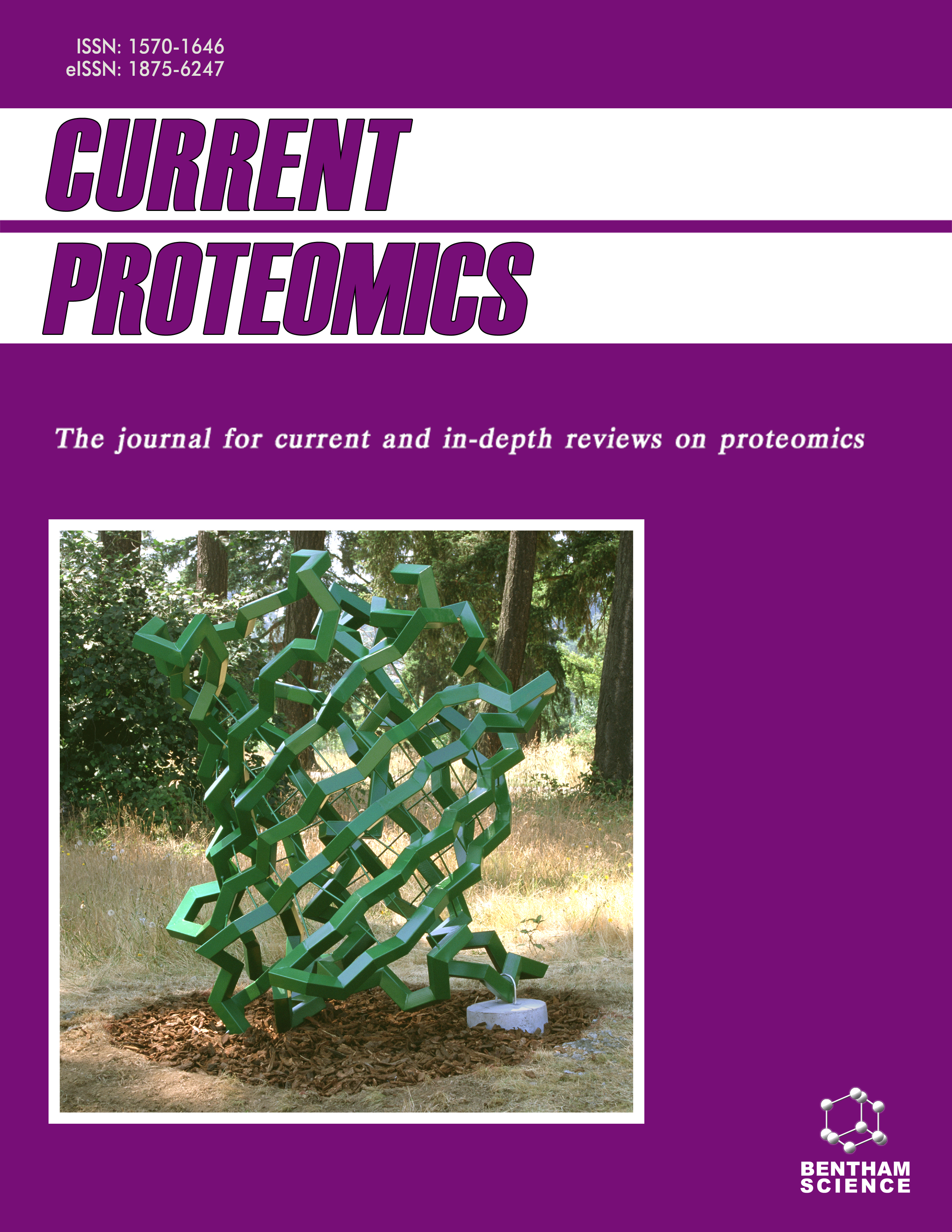
Full text loading...
We use cookies to track usage and preferences.I Understand
Acute myeloid leukemia (LAML) is among the most prevalent subtypes of acute leukemia. Consequently, it is essential to understand the molecular causes of LAML and find its predictive and diagnostic biomarkers. The aim of this study is to determine the molecular functions of fibroblast growth factor receptor 1(FGFR1) involved in LAML pathogenesis and its potential therapeutic effect for LAML treatment.
The molecular docking interaction of the Cytarabine with its target FGFR1 was examined. The Gene Expression Profiling Interactive Analysis, version 2 (GEPIA2), and UALCAN tools database were used to obtain the LAML gene expression datasets. Gene functional annotation was performed to investigate the DEGs' possible role. Using the interactive gene database retrieval tool STRING and a few chosen hub modules from the GeneMANIA database, the gene-gene and protein-protein interaction (PPI) network were constructed. A survival analysis was performed on the effects of hub genes on the overall survival of LAML patients.
As a result of docking, a strong interaction was observed between cytarabine and FGFR1. It has been discovered that cytarabine can reverse FGFR1 expression. The survival study results showed an association between the prognosis of LAML patients and one of the central genes, FGFR1.
The expression profile and functions of FGFR1 were determined in LAML patients. It has been shown that FGFR1 can be a viable therapeutic target for LAML and a possible biomarker for diagnosis.

Article metrics loading...

Full text loading...
References


Data & Media loading...

